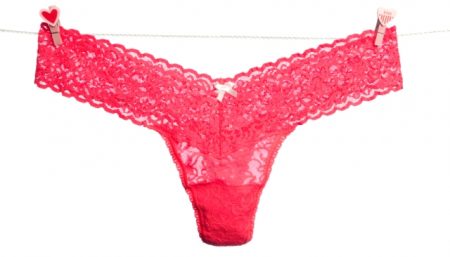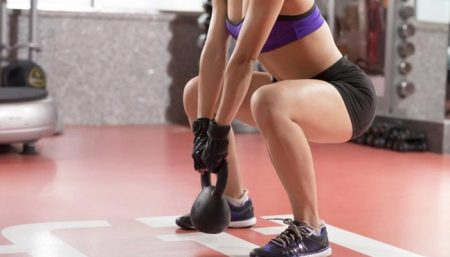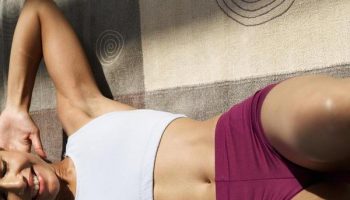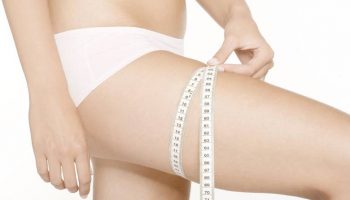The obsession that most women have about their bottoms is well documented. In fact, one of the problems with bottoms is that their muscles don’t get much used in everyday life. Today’s living doesn’t put much demand on the bottoms in terms of mobility and as the joint is not being put through its full range of movement regularly, the surfaces are not lubricated and the muscles may tighten up and restrict movement.
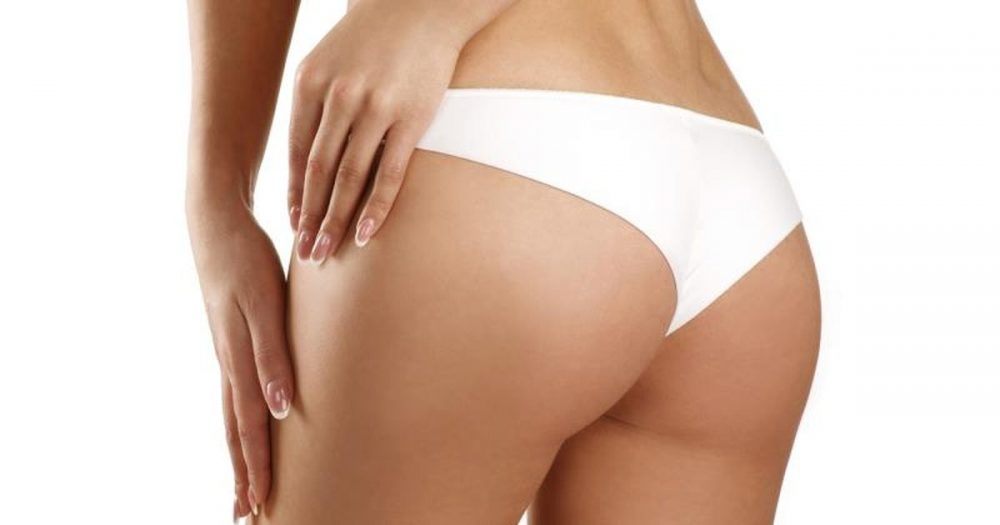
![]() Back Leg Lifts:
Back Leg Lifts:
Lie on your front, resting on your elbows. Bend your right leg slightly and keep the foot flexed. Raise the left leg and stretch it to its full extend, pointing the foot. Do 16 lifts each side.
![]() Two-Point Kneel:
Two-Point Kneel:
This exercise co-ordinates and strengthens the stabilizing muscles in the hip. Balance on one knee and opposite hand, with the opposite arm and leg outstretched. Balance in this position. Then reverse the position, balancing on the other knee and opposite hand. Hold for few seconds and repeat.
![]() Leg Stretches:
Leg Stretches:
Lie face down on the floor, arms and legs stretched, feet about hip-width apart. Pull up your stomach muscles so that there is enough space to slide your hand between your stomach and the floor. Stretch out left arm and right leg simultaneously, about 15 cm (6 inches) from the ground, feeling the stretch right throughout your body. Repeat with the opposite arm and leg. Do the exercise 8 times on each side.
![]() Deep Plies:
Deep Plies:
Stand tall with your feet about 45 cm (18 inches) apart your legs turned out from the hips. Keeping your back straight, drop your tailbone down towards the floor, bending your knees but without taking your heels off the floor. Squeeze your thighs together to straighten, pulling up the muscles in your buttocks and the back of your thighs. Keep on squeezing so hard that you rise up on your toes. Come down, in one slow, smooth movement and bend the knees into another deep plies. Repeat the whole sequence 4 times in all.
![]() Squat:
Squat:
Squat on the floor with your heels raised. Keep your hands off the ground. Hold for as long as you can. You can also keep your heels on the ground without raising them. Use your arms to help maintain the position. Feel a stretch in the back of your hips. To view this exercise > click here.
![]() Buttock Walk:
Buttock Walk:
This strengthens the gluteal muscles in your buttocks. Sit on the floor with your legs straightened out in front of you and your arms folded. Shuffle forward across the floor, then back. Repeat until fatigued.
![]() Seated Twists:
Seated Twists:
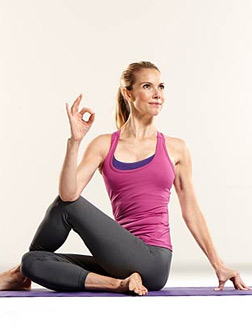 Sit on the floor with both of your legs extended in front of you. Bend your right leg over your left leg, keeping your right foot flat on the floor outside the left knee. Place your left elbow on the outside of your right knee, and extend your right arm behind you with your palm flat on the floor for support. Slowly twist your upper body to the right while looking over your right shoulder. Lightly apply pressure with your left elbow on the outside of your right knee as you twist. Be sure to keep your upper body straight. Once you feel a comfortable stretch in your hips, buttocks, and lower back, hold this position for at least 15-30 seconds. Switch sides and repeat. To view this exercise click here.
Sit on the floor with both of your legs extended in front of you. Bend your right leg over your left leg, keeping your right foot flat on the floor outside the left knee. Place your left elbow on the outside of your right knee, and extend your right arm behind you with your palm flat on the floor for support. Slowly twist your upper body to the right while looking over your right shoulder. Lightly apply pressure with your left elbow on the outside of your right knee as you twist. Be sure to keep your upper body straight. Once you feel a comfortable stretch in your hips, buttocks, and lower back, hold this position for at least 15-30 seconds. Switch sides and repeat. To view this exercise click here.
![]() One Leg Kick:
One Leg Kick:
Lie on your front, supporting your forehead on your folded hands. Draw your navel to your spine, trying to form an arch under your abdominals. Bend one leg at the knee. Inhale and, as you exhale, point your toes and make a stabbing movement with your foot towards your buttocks. Keep your knees together and lengthen through the legs. Repeat 10 times with each leg.
![]() Leg Circles:
Leg Circles:
Lie flat on your front, your face on your arms. Raise one leg straight behind you and make 16 little circles with your pointed foot, clockwise and then anti-clockwise. Repeat with the other leg.
![]() Foot Tapping:
Foot Tapping:
Lie face down on the floor and stretch out your arms and legs, with your head and chest off the floor as well. Now tap the feet together, working up to 50 taps.
All the above exercises promote increasing mobility, flexibility and strength as the joints and soft tissues heal. You will be able to achieve a full range of movement in the hip.
Disclaimer
The Content is not intended to be a substitute for professional medical advice, diagnosis, or treatment. Always seek the advice of your physician or other qualified health provider with any questions you may have regarding a medical condition.
